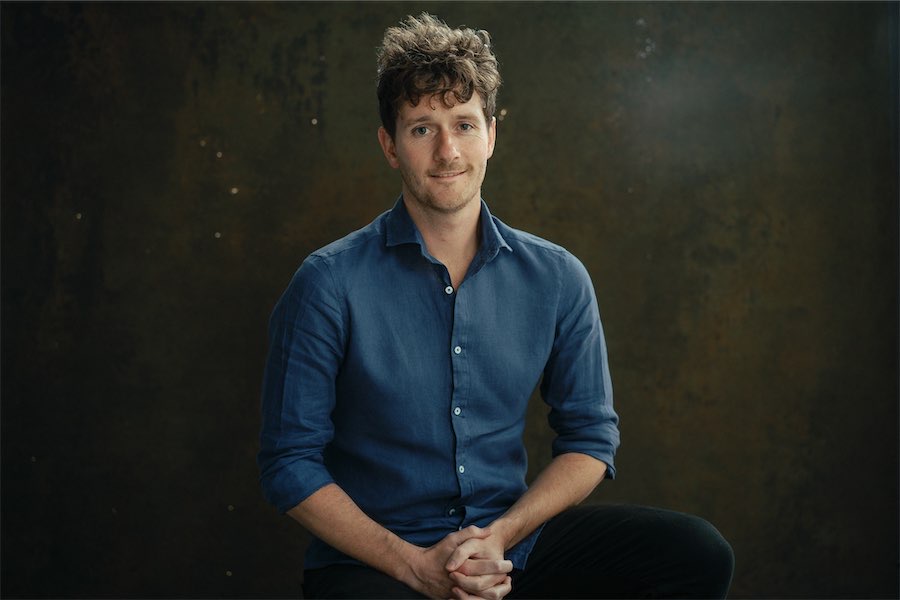
Photography / “The ballad of sexual dependency”, Nan Goldin. At the National Gallery of Australia, until January 28. Reviewed by BRIAN ROPE.
IN 1985, “The Ballad of Sexual Dependency” was a slide show, in 1986 an artist’s book publication of photographs taken between 1979 and 1986. Now it is a collection of 126 Cibachrome colour prints acquired by the National Gallery of Australia.
It is an autobiographical document of a portion of New York City’s avant-garde music and visual art scene, the gay subculture of the late ’70s/early ’80s, and the artist’s personal family and love life.
The artwork’s title is taken from a song in Kurt Weill and Bertolt Brecht’s “The Threepenny Opera”, tying in with its theme of love and sex, dissecting how romance and infatuation can distract people from their self-interests and larger societal duties and obligations. The great Australian performer Robyn Archer includes the ballad in her repertoire. As I began writing this, she was performing in Canberra.
This defining photographic artwork is by the internationally renowned American photographer, artist and activist Nan Goldin whose work often explores LGBT subcultures, moments of intimacy, the HIV/AIDS crisis and the opioid epidemic.
Aged 13, Goldin left home and hooked up with a group of young people focused on drugs, violence and sex. She began photographing their lifestyle. Most of her subjects died by the ’90s, due to AIDS or overuse of drugs. The artist says photography saved her life. She seeks to pass on her salvation through her art and her activism. In 2021, she wrote: “If I can help one person survive, that’s the ultimate purpose of my work.”

Her documentary, snapshot style, laid bare her life in what we know as a family album – but one that was put on public view.
It shows her alongside friends and lovers as they hung out (in the bathroom, in bed, at Evelyne’s bar, on the beach, on Tin Pan Alley), fell in and out of love and had children. “The ballad” is as much evidence of what her community lost, as it is a record of a past time.
The intimacy revealed in many of these images is extraordinary. Others have captured intimate photographs of partners – Alfred Stieglitz made nude portraits of Georgia O’Keefe – but I cannot think of any other photographer who has revealed as much of friends and lovers as Goldin.
Often identified as the most famous photograph from “The Ballad” is a self-portrait showing Goldin’s face badly bruised, one of her eyes almost sealed shut. Boyfriend Brian had read her diaries and become so angry he beat her almost to the point of blindness. The image has been described as “the ultimate example of photography as a means of both survival and catharsis.” She took the photograph to remind herself to never go back to him.
Amongst numerous others, I particularly like “Nan and Brian in bed,” and “French Chris on the convertible.”
Who can be trusted?
In a world of spin and confusion, there’s never been a more important time to support independent journalism in Canberra.
If you trust our work online and want to enforce the power of independent voices, I invite you to make a small contribution.
Every dollar of support is invested back into our journalism to help keep citynews.com.au strong and free.
Thank you,
Ian Meikle, editor




Leave a Reply